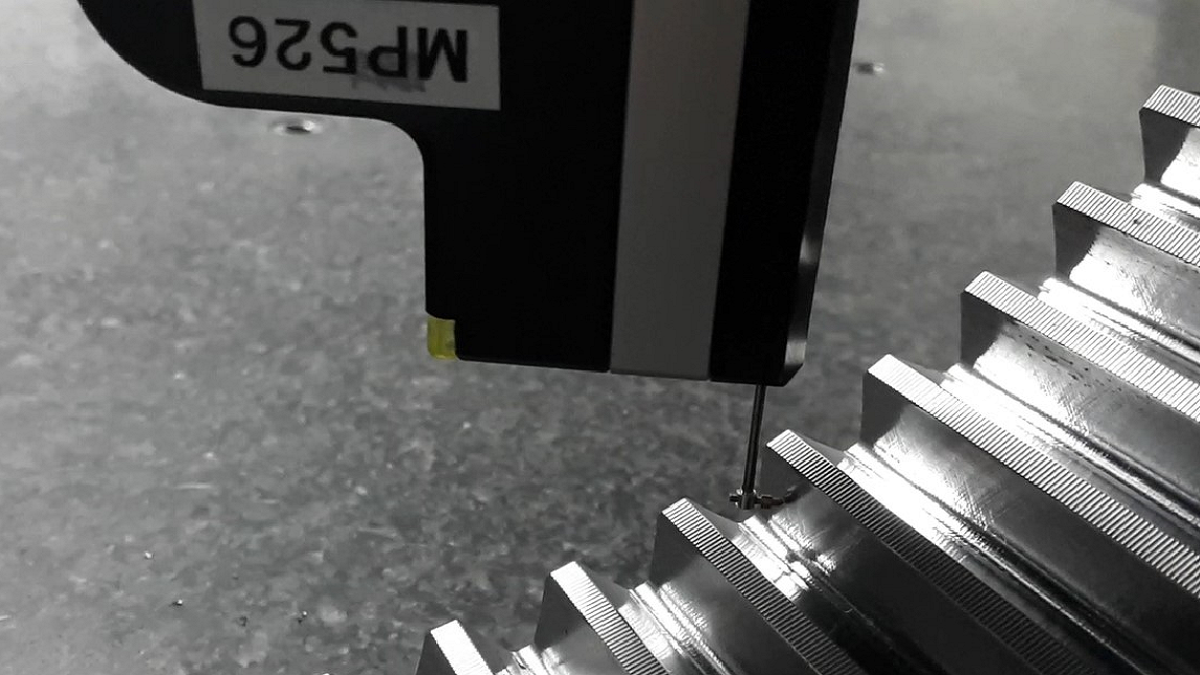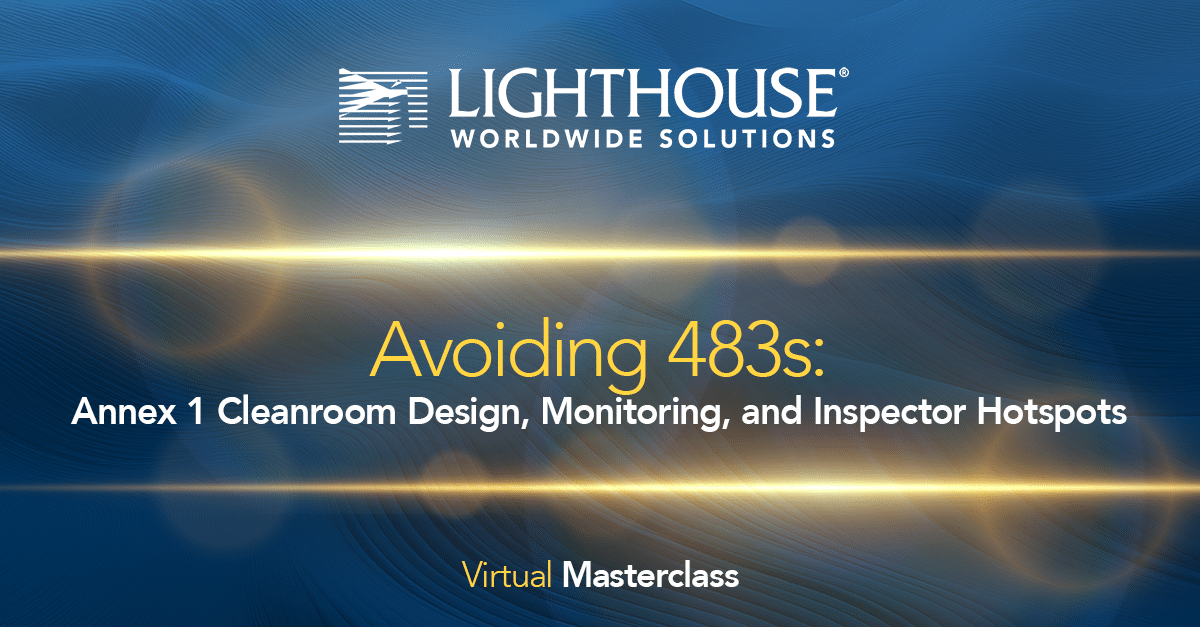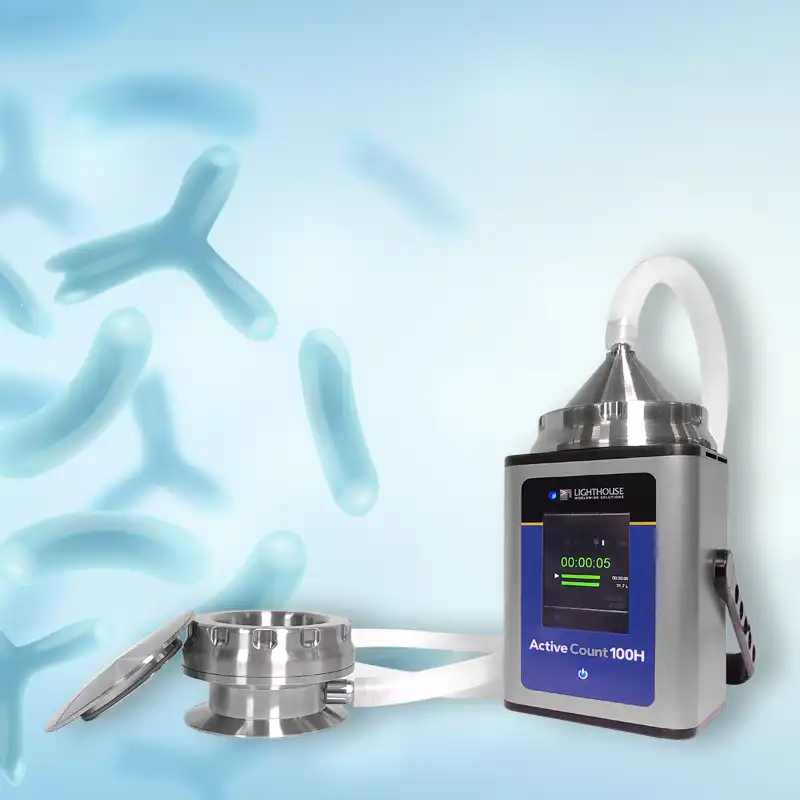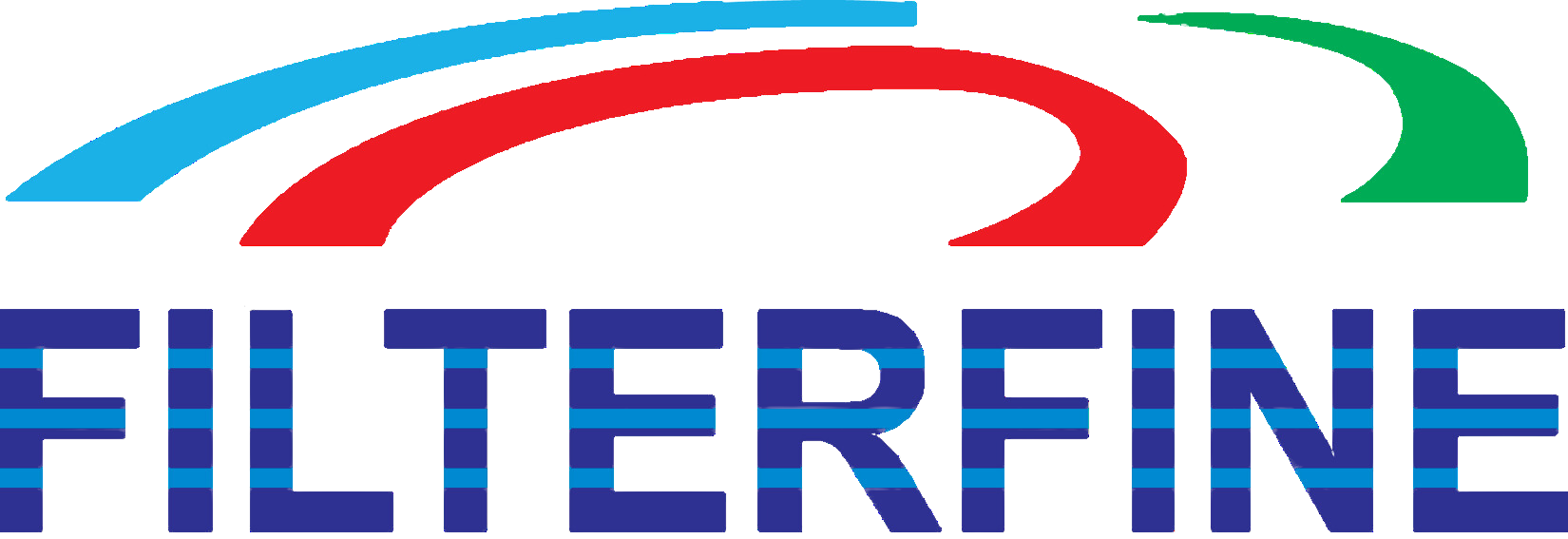1. What is ISO/IEC 17025?
ISO / IEC 17025 is an international standard that sets out the general requirements for the performance of competent laboratories. The standard requires that the laboratory’s operations ensure the ability to produce valid and consistent results in testing, calibration, and sampling. The standard was developed by the International Organization for Standardization (ISO). In conjunction with the International Electrotechnical Commission (IEC).
Unlike ISO 9001 or ISO 14001, which demonstrate that the management system meets the standards, ISO / IEC 17025 also includes the recognition of the technical competence of the laboratory. Certification to ISO / IEC 17025 is evidence that the laboratory has been assessed and confirmed to be effective in meeting the requirements of the standard. To perform tests within its scope of accreditation.
In addition, ISO/IEC 17025, together with ISO 9001, forms the basis for ISO 15189, which specifies specific requirements for competence and quality, as well as accreditation of medical laboratories.
2. What is a testing and calibration laboratory?
Testing laboratories determine the characteristics of a specific product or object to assess conformity.
Example: Testing a sample of cereal (the identified commodity). Testing to see if the pesticide content meets regulatory limits (conformance). On the other hand, calibration laboratories compare a measuring instrument of unknown accuracy with a measuring instrument of known accuracy.
Example: Calibration can be used to ensure that an airport scale (unknown) will accurately weigh your luggage by comparing the readings with certified weights (known).
3. Structure of ISO/IEC 17025 standard
The structure of ISO/IEC 17025:2017 is divided into five main parts containing the requirements for laboratory accreditation.
Part 4: General requirements
This part deals with impartiality and confidentiality. Two important requirements for maintaining trust. To achieve trust, people use the tests and calibrations set out in the laboratories they use.
Impartiality means that the laboratory will not allow commercial, financial or other pressures to influence the quality of the results. It requires the laboratory to keep all results and information confidential.
This part deals with impartiality and confidentiality. Two important requirements for maintaining trust. To achieve confidence in the testing and calibration practices that are used in the laboratories they employ
Part 5: Structural requirements
This part defines the basic organizational components of the laboratory, its scope of activities and its commitment to an effective management system. It specifies that the accredited laboratory must be a legal entity or part of a legal entity. It is responsible for its testing and calibration activities.
Part 5 defines the responsibilities of the management of the accredited laboratory and their responsibilities to customers, regulators and the organization providing accreditation. Part 5 also defines the basic requirements for personnel, the authority given to them and the resources needed to carry out their duties.
Part 6: Resource Requirements
There are six clauses that address the requirement that the laboratory have the personnel, facilities, equipment, systems and support services necessary to carry out laboratory activities.
Part 7: Process Requirements
This section includes 11 core processes to improve efficiency. It begins with the Review of Requests, Tenders and Contracts section.
The selection, testing and validation of methods is one of the most technical and important parts of the standard. Sampling, processing of test items and the maintenance of technical records are covered here. Ensuring the validity of results is a function of monitoring and quality control in the laboratory. Some tools for monitoring are listed and the requirements for proficiency testing are explained.
The standard goes into detail regarding the reporting of results. Requirements are set for dealing with complaints and nonconforming work. A focal point in this electronic age is clause 7.11, Control of Data and Information Management.
Part 8: Management system requirements
Here, the management system requirements specified in clauses 8.2 to 8.9 are governed by the existing quality management system, provided that the laboratory’s activities are covered and the laboratory is able to demonstrate compliance with ISO 17025 clauses 4 to 7.
If the laboratory’s quality management system is Independent of any other management system, Option A is applied and the laboratory must comply with the requirements of Part 8.
4. What is the role of ISO 17025 for business?
The benefits range from strategic, external business, internal improvement. Some are highlighted here:
- Increased customer confidence. ISO/IEC 17025:2017 accreditation demonstrates that the laboratory is capable of providing consistently valid results, that the individuals performing the work are competent, and that all accredited measurement results can be traced back to the International System of Units (SI) or appropriate referrer. This is a key objective for your customers, so that results are accepted across countries.
- Ensure the credibility of your laboratory. Your testing and calibration methods must be reviewed and assessed to ensure that you are using the latest technology and documentation available. Third-party accreditation body assessments verify that tests and calibrations are performed correctly by trained laboratory professionals.
- Create an environment of professionalism and pride. Third-party audits, where the auditor looks over your shoulder and checks all your work, are difficult – but when they are finished, the person being audited feels accomplished and proud. Third-party recognition brings a sense of pride to the entire organization.

















